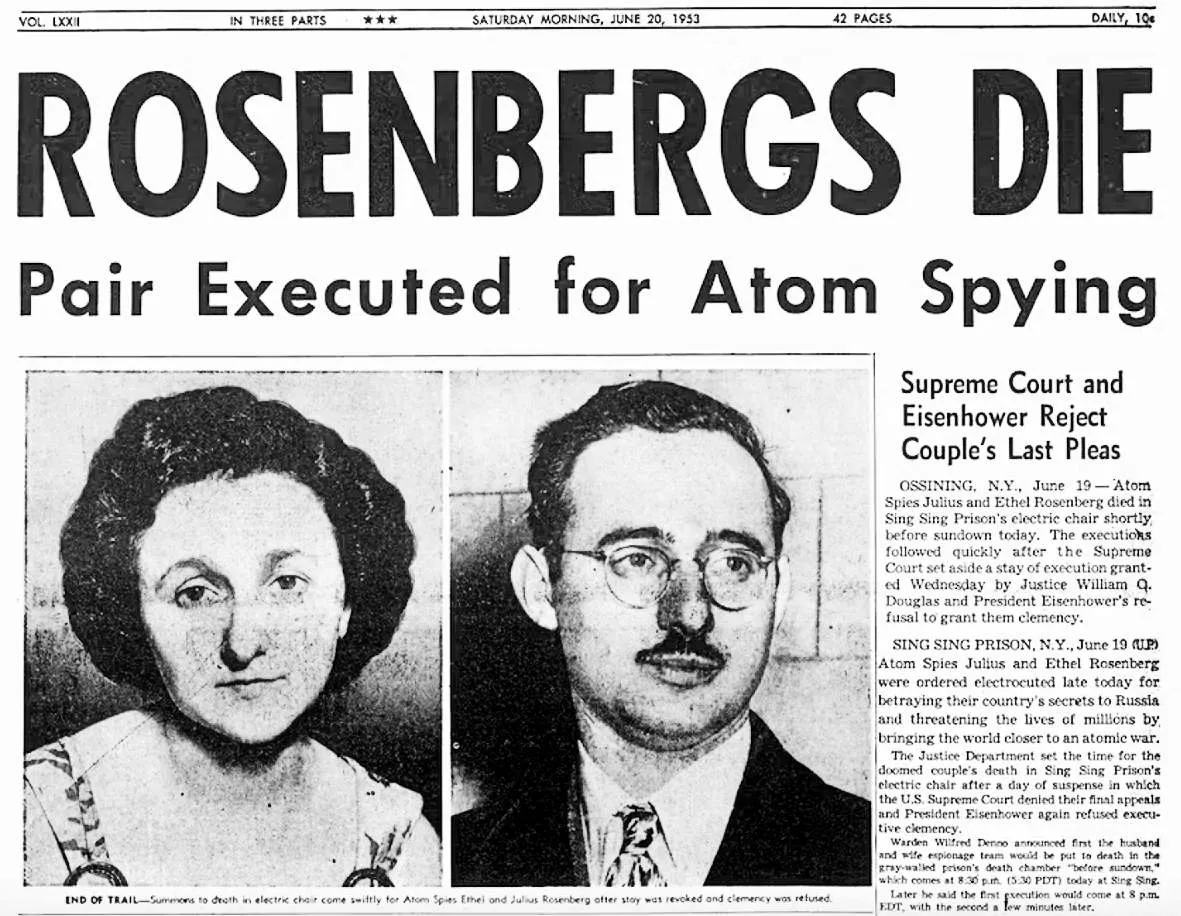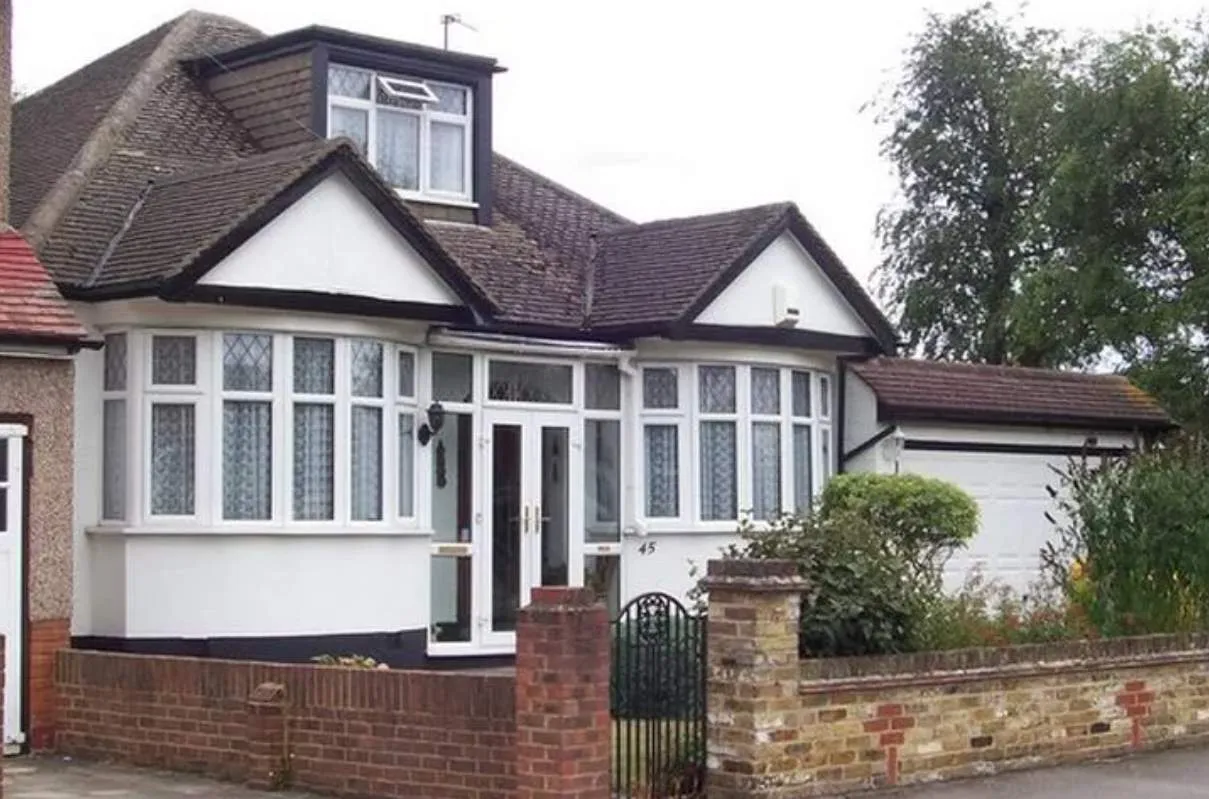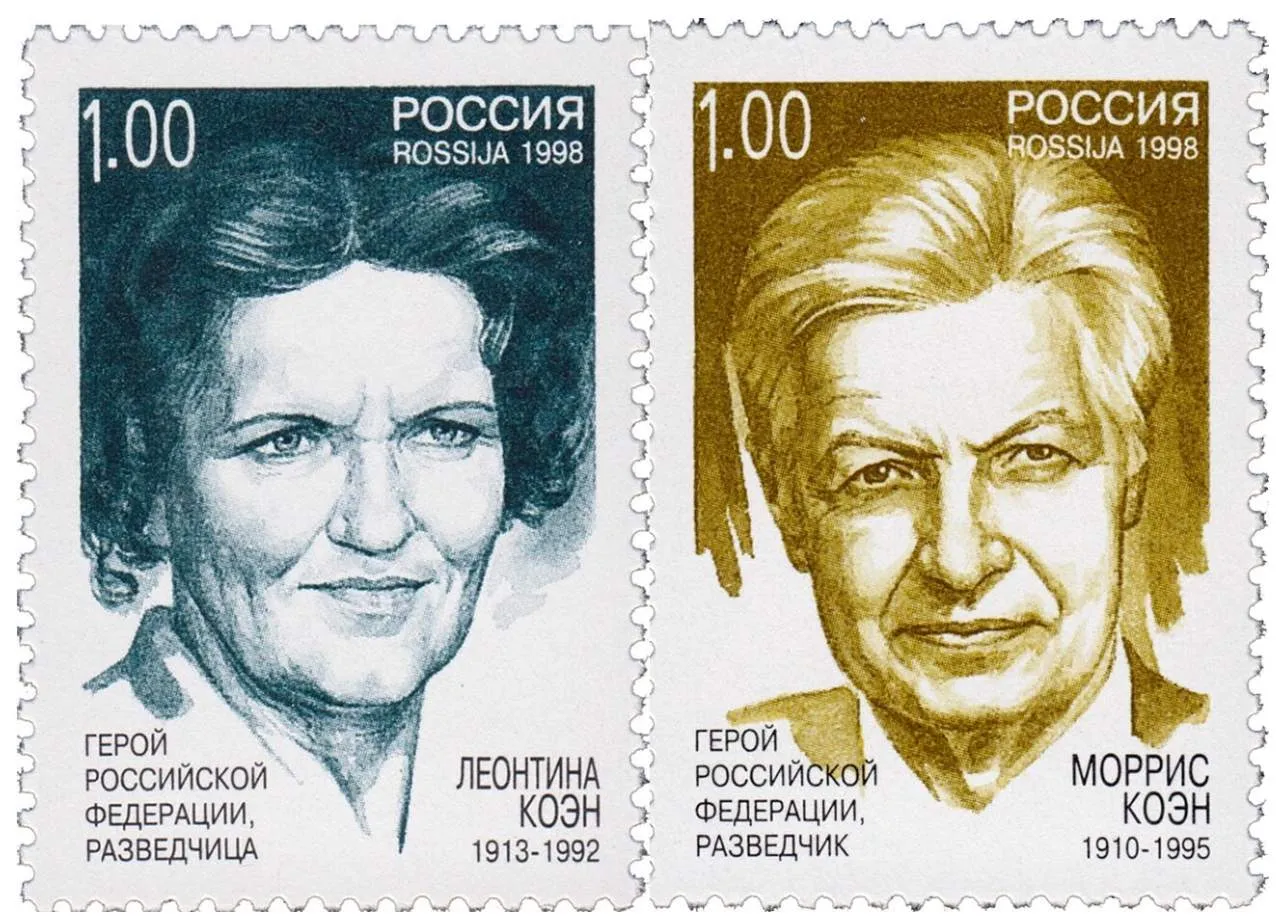5
minute read

US-born Lona Cohen was a legendary Russian agent although the absent-minded operative almost exposed her own spy ring on her first mission as a courier. By the end of her career, Lona and her husband were Moscow royalty, training Jack Barsky and a new generation of Russian sleeper agents how to infiltrate the US.
Just weeks after America bombed Japan in 1945, Lona Cohen arrived home in Manhattan and left a chalk mark on a wall to signal to her Soviet handler that she was back from an urgent mission to New Mexico.

Lona, 29, was an atomic spy. She'd taken over from her husband Morris when he was drafted to fight in WWII and she enjoyed the role-playing. Lona considered herself a talented amateur actress, albeit one who often forgot her lines.
When Lona met Los Alamos Laboratory spy Ted Hall on her New Mexico mission, she couldn't remember the pre-agreed parole, the recognition phrase: “Excuse me, would you know which is the best resort for respiratory disorders, Sandia or the Rio Grande?” Ted was to reply: “The place where the climate is the best is in the Rocky Mountains.”
Hall arrived at the designated meeting point carrying the agreed visual signal - a yellow bag with a smelly catfish tail hanging out the bottom in the sweltering August heat - only for Lona to blurt out: “You brought it?” Luckily, she recovered and remembered to ask about respiratory disorders. Contact established, Hall handed over a diagram of the world’s first atomic bomb for delivery to the Soviets. That was just the start of the drama.
The most dangerous part of Lona’s mission was her train journey back to New York. Officials were checking suitcases on the platform, so Lona hid the A-Bomb drawing and envelope in tissues, then handed her Kleenex box to an inspector while she searched for ID. “Hold this,” she instructed, hoping the tissue box didn’t smell of catfish. Lona then ran for her departing train and realized she’d left the Kleenex box behind. Lona poked her head out of the window, faked a sneeze, and held out her hand as an officer ran alongside the moving carriage to return her tissue box.
Lona waved goodbye as the train left New Mexico. A legend was born.
.webp)
Spy training
Born in small-town Massachusetts in 1913, young Lona had her heart set on the bright lights of New York City. She left her Polish Catholic family behind at the age of 15 and found work as a governess. Lona became an atheist, experimented with socialist politics, then joined the Communist Party where she met her future husband, Morris. The British double agent George Blake described Lona as a "very, very resolute woman, very determined".
Lona was savvy but she had no idea Morris was a Russian spy when they married in 1941. He brought a bouquet of roses home one night and furtively put it on a hall table before confessing. Initially, she was livid but came around when Morris explained that he was anti-fascist, not anti-American, and was fighting for universal truth and justice, according to Barnes Carr's Operation Whisper.
Morris was an illegal agent for the NKVD, recruited by Moscow while he was in Spain fighting in the Spanish Civil War. He perfected his dead drops in darkened movie theaters and brush contacts in crowded stores. After Morris confided in Lona, he recruited his bride, dangling the prospect of a thrilling lifestyle. Lona, codenamed ‘Leslie’, showed promise, once convincing a man who worked for a Connecticut aircraft maker to smuggle a machine gun model out of his plant for $2,000.
In 1995, the Russian Foreign Intelligence Service revealed that Lona was more than a minor-league agent. "By orders of the Center she obtained a sample of uranium from Canada," according to Lona Cohen's official intelligence biography. The uranium is believed to have been transported to New York in 1944 or 1945. Vladimir N. Karpov, former deputy chief of the New York rezidentura, kept the powdered uranium in his safe before sending it out to scientists, according to Bombshell authors Joseph Albright and Marcia Kunstel.

Spies on the run
Abruptly, the Cohens’ spy ring was shut down soon after Morris returned home from WWII. Two Soviet defectors - an Ottawa, Canada-based cipher clerk and Connecticut-born Russian spy Elizabeth Bentley - had exposed hundreds of Soviet agents. Ethel and Julius Rosenberg would soon be rounded up and executed. Separately, Anglo-German atomic spy Klaus Fuchs had moved from the US to England and confessed to British security service MI5.
The heat was on. It was time for the Cohens to bolt. Vanish. Forget the suitcases. Don’t talk to the neighbors. Just walk out of the door of 128 East 71st Street, NYC as if heading to a nice restaurant and disappear.
They fled to Mexico, made their way to Russia and Poland for several years, then landed in London, England in 1954 reborn under the cover of Helen and Peter Kroger, a suburban couple who made a living selling antiquarian books. In their spare time, the ‘Krogers’ plotted to steal Nato intelligence and Royal Navy secrets about Britain’s first nuclear-powered submarine.





